
Let’s face it: Running isn’t easy. No number of hacks will replace the effort that goes into your training. But that doesn’t mean you’re on your own. Some tried-and-true methods can help you work smarter while getting stronger. We’ve gathered our favorite pro tips to make the process more pleasurable as you log mile after mile.
These hacks won’t do the work for you, but they will clear a few obstacles on the way to your personal best.
1. Curate an upbeat playlist to increase your speed.
Studies show that songs with 120-140 beats per minute (BPM) are the best for running since they elevate the mood and make jogging feel easier. When you’re curating your playlist, find songs that fit within that range (there are apps, websites and even playlists that provide the BPM) and watch your feet fly.

2. Freeze your water the night before you run.
There is nothing worse than lukewarm—or even hot!—water when you’re jogging during a heat wave. Pro tip: The night before, fill your water bottle half full and stash it in the freezer, propping it up at a 45-degree angle. In the morning, fill the remaining space with water from the tap. You’ll have cold water the entire time without battling a block of ice.
3. Sleep in your workout clothes.
Getting out the door before the sun rises is tough enough, so why not streamline the early morning routine? If you’re comfortable with it, sleep in your running clothes so you’re literally ready to go seconds after your eyes open. Prefer to sleep in the buff? Or simply can’t imagine catching zzz’s with a bra on? Lay your running clothes out the night before and place them next to an essential item, like your car keys or the coffee maker.
4. Trade pricey chews for gummy bears.
Running fuel can be expensive, but swapping in everyday alternatives can minimize the sticker shock and increase the flavor. Consider gummy bears. You can buy a bag of them at any grocery store for the equivalent of a few cents per bear. You won’t get the same electrolytes needed to replenish the salts you lose while sweating, but the sugars are similar enough to keep you energized during your run.

5. Soak a neck gaiter in cold water.
Summer running is hot, but it’s critical to stay cool on the run. Before you leave the house, soak a neck gaiter (or bandana, headband or hat) in icy-cold water. The item will stay damp and chilled for a long time, lowering your body temperature and keeping you comfortable.
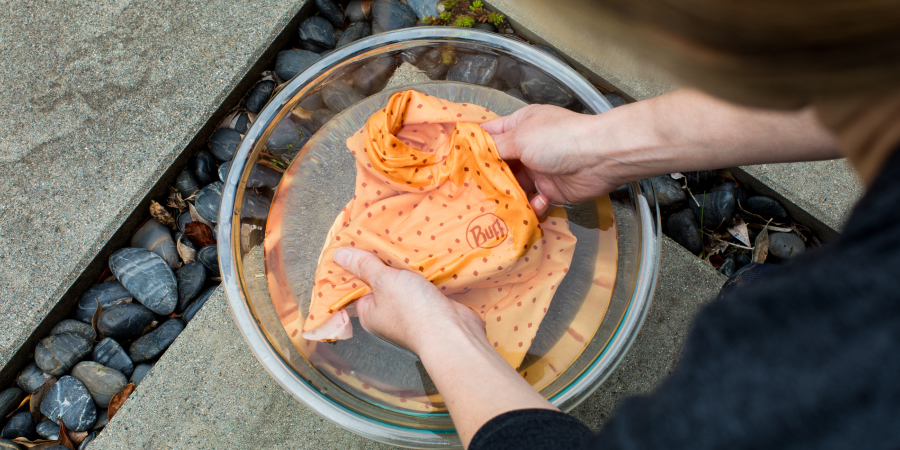
6. Minimize foot pain with fancy lacing techniques.
If tight shoes and aching feet have you ready to throw down cash for new kicks, pause for a second and look at your lacing. Slipping heels, cramped toes or a narrow toe box are just a few of the frustrations that can be eased with different lacing patterns. Try a few to see if any of them work for you.
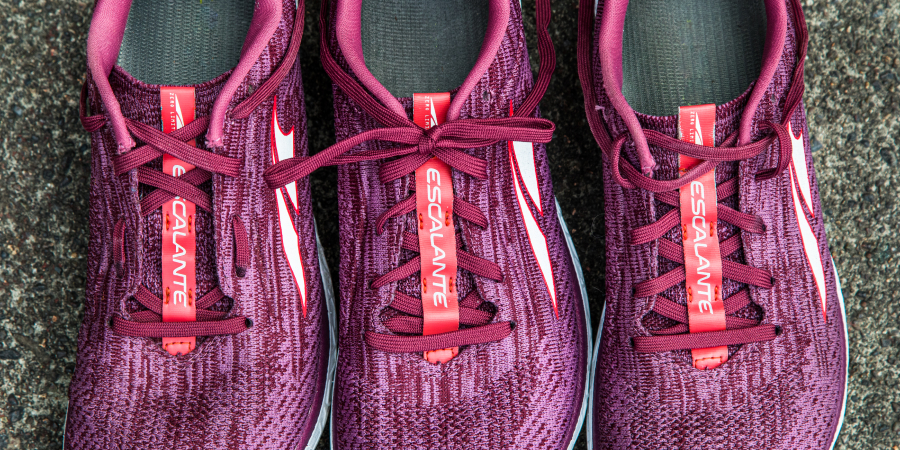
7. Duct tape your shoes to stay dry.
Wet feet are a blister’s best friend, so it’s important to keep your tootsies dry. If you’re a rainy-day runner, consider duct-taping the top of your shoes, where breathable material often lets moisture in. This prevents raindrops from seeping through and soaking your socks.
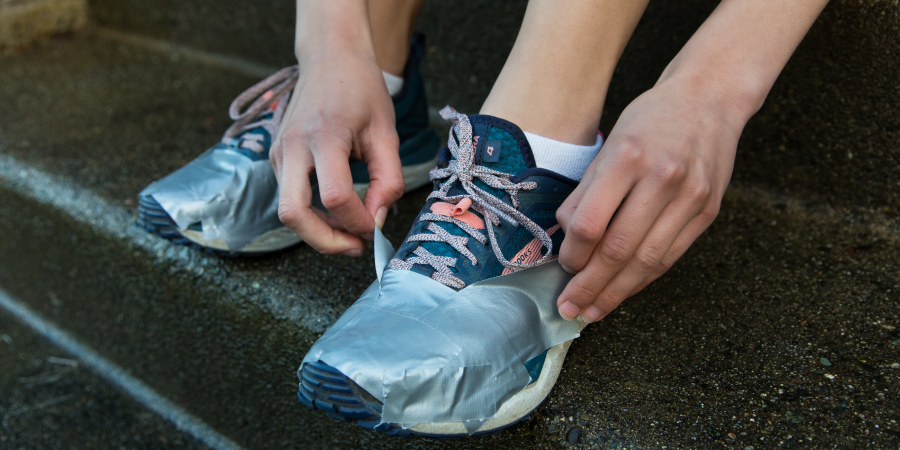
8. Rubber band your keys into your pocket.
If you run in long, loose-fitting shorts and stash your keys in the pockets, here’s a tip. Once you drop them inside, reach beneath your hemline to find the pocket liner. Cinch a rubber band around your keys so that they physically cannot bounce out of your pocket.
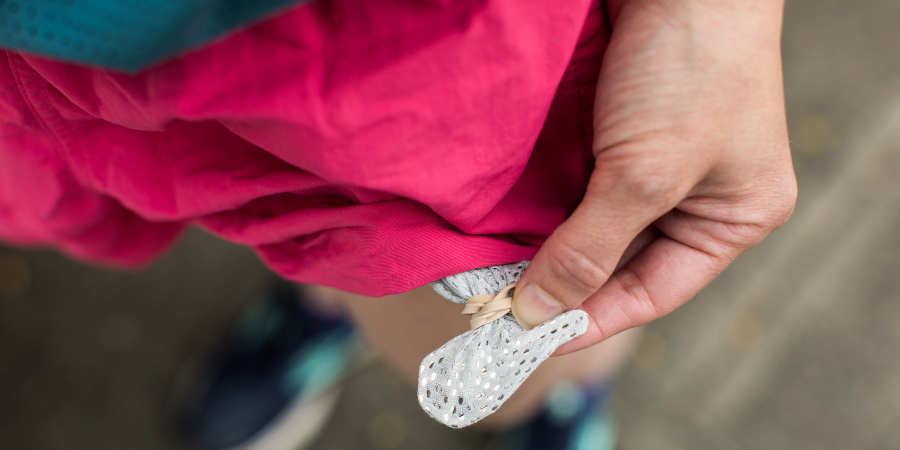
Dan DeLong
9. Blow water out of the tube on your hydration reservoir.
Unless you purchase—or it comes with—an insulating cover, the tube (sometimes called a hose) that allows you to sip water out of your hydration reservoir is highly exposed to external temperatures. This means the water that sits inside the tube after you drink easily freezes in the winter or heats up in the summer. To prevent a frozen tube or mouthful of hot water, between sips, blow the liquid in the tube back into the reservoir, where it’s slightly more insulated.
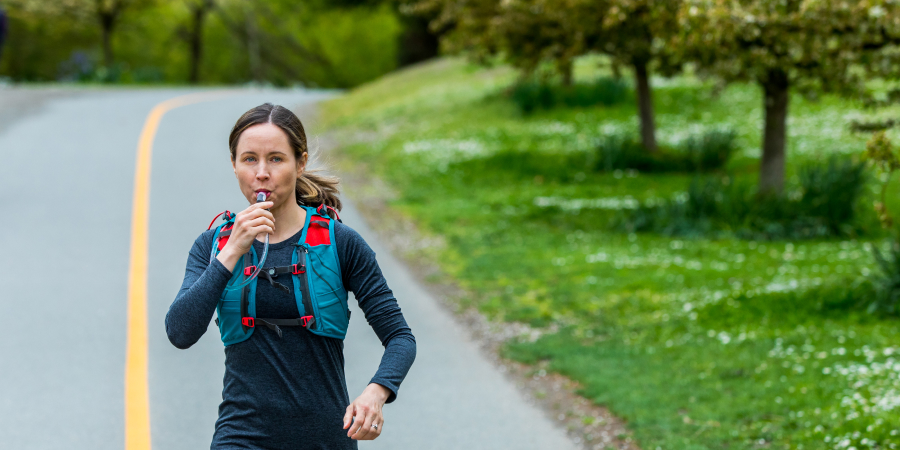
10. Buy shoes at the end of the day.
We’ve all been there: You’re an hour into your run and your shoes are tighter than a tourniquet. Our feet swell as we run, potentially changing the fit of our sneakers. If alternative lacing techniques don’t help, try shopping for new shoes at the end of the day. Your feet will be similarly swollen, and you’ll get a better fit.
